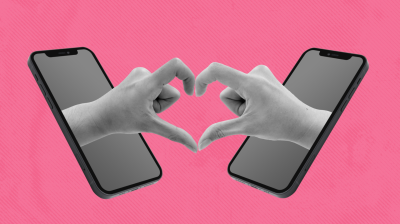What happens when you give blood?
Isabel gives blood as often as she can and talks us through the process

I remember growing up and seeing the mobile blood transfusion van outside our local town hall every once in a while. Although I am not a fan of biology and even less so of getting a blood test, giving blood is something I do as often as I can since it is so necessary and worthwhile. To try and encourage you to give blood as well, I thought I’d write about what it’s like and give you some facts about blood donation.
More blood donors are needed
While researching the fact which surprised me the most was to learn that only 3% of the eligible Irish population give blood. This means the burden for providing blood for the entire 4.7 million of us falls to a couple of hundred thousand people. 3,000 blood donors are needed every week since one in four of us will require a blood transfusion at some time in our lives. I hadn’t known my blood group until I started donating blood and it turns out like 47% of the country, I am O positive which is also the most common blood group on a global basis and is more commonly found in the west of Ireland. On the other hand Group A blood tends to be found in counties where Vikings, Normans and English populations settled. On the East coast there are more people with Rhesus negative blood that on the West coast.
Some of the basic criteria to give blood are:
- You are at least 18 years of age,
- You weigh at least 50kg
- You have not had an illness or injury in the last two weeks
- You have not had certain medical tests in the last four months
- You have not had any piercing or a tattoo in the last four months
Before making an appointment to give blood, you can take the Blood Eligibility Quiz.
Finding out more information about you
To give you an idea what it’s like here is a run through of the process. In total it takes between 45 minutes and an hour depending on how busy it is. When you go in you are asked for your name, address, date of birth and telephone number – don’t forget your photo ID! Then you are given a questionnaire to fill out about your health and lifestyle habits including question about travel. Then you will be called for an interview with a doctor or nurse who goes over the questionnaire with you to make sure you are eligible to donate. You also have your blood pressure taken.
Giving blood
If you don’t know your height and weight, they can also check for you. Then the actual donation begins. You will be asked if you want to donate from your right or left arm. When deciding what arm to use, bear in mind you won’t be able to do any heavy lifting with the arm and will need to leave the bandage on for around 6 hours. You sit on a long chair, sort of like a dentist chair. A nurse will come with a blood pack, examine your arm for a suitable vein and then disinfect the area. When the insert the needle it feels like a sharp pinch, but only last for a second or two. Blood samples are also collected which are tested after your donation to ensure your blood can be used. You will be given a squishy ball to slowly squeeze and release to keep the blood flowing. Just under a pint or 470ml of blood is collected in total and this takes between 5 and 10 minutes. You can chat with the nurse to keep your mind off things and it’s all over before you know it!
Then comes the best bit – the free food! After the donation you stay for around 15 minutes and cold drinks and snack are provided to rehydrate you and get your sugar levels up.
You can pat yourself on the back knowing you could have saved up to three lives with your donation. Then you can go back and do it all again after 90 days.






